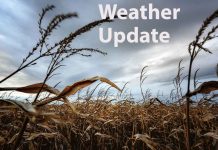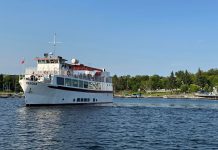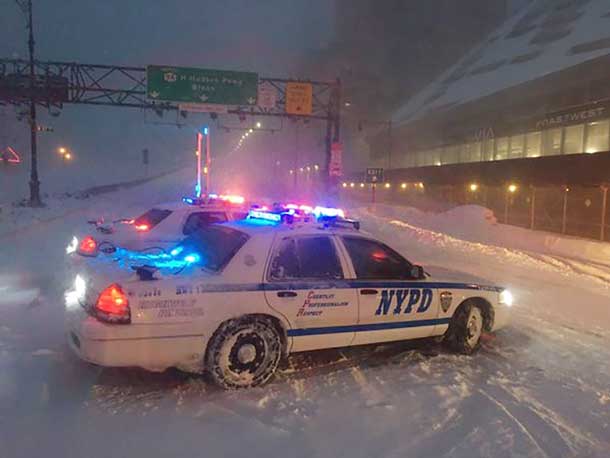

Nineteen Dead in Massive Blizzard
NEW YORK/WASHINGTON (Reuters) – Millions of residents, business owners and workers began digging out on Sunday from a massive blizzard that brought Washington, New York and other northeastern U.S. cities to a standstill, killing at least 19 people in several states.
The storm was the second-biggest in New York City history, with 26.8 inches (68 cm) by midnight Saturday, just shy of the record 26.9 inches set in 2006, the National Weather Service said.
Thirteen people were killed in weather-related car crashes in Arkansas, North Carolina, Kentucky, Ohio, Tennessee and Virginia on Saturday. One person died in Maryland and three in New York City while shovelling snow. Two died of hypothermia in Virginia, officials said.
On the New Jersey shore, a region hard-hit in 2012 by Superstorm Sandy, the storm drove flooding high tides.
After dumping about two feet of snow on the Washington area, the storm unexpectedly strengthened as it spun northward and slammed into the New York metropolitan area on Saturday, home to about 20 million people.
Winds gusting to more than 40 mph (64 kph) sculpted drifts many feet high, burying cars.
New York Governor Andrew Cuomo declared a state of emergency, as did 10 other governors. A ban imposed on all travel on New York City area roads and on Long Island, except for emergency vehicles, was set to end at 7 a.m. on Sunday. Bridges and tunnels into the city were also set to reopen.
Subways running above ground and trains operated by the Long Island Rail Road and Metro-North halted service on Saturday and were to be evaluated for service restoration at 6 a.m.
By early Sunday the storm had all but moved off the coastline, with remnants trailing over parts of Long Island and Cape Cod. Much of the northeast was expected to see a mix of sun and clouds on Sunday with temperatures just above freezing.
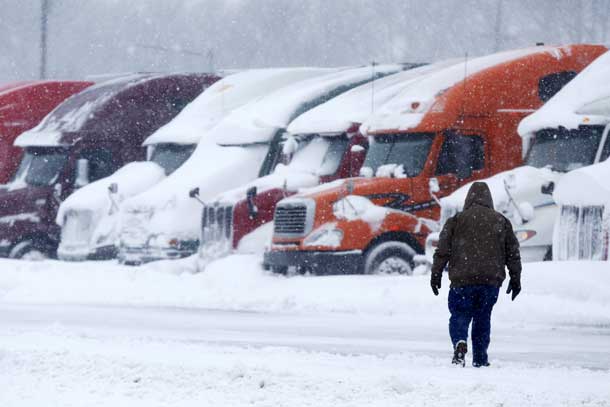
SHOWS, FLIGHTS CANCELLED
Given the massive storm’s impact, it was too soon to tell how much Wall Street’s reopening on Monday would be affected.
Broadway theatres cancelled Saturday matinee and evening performances at the urging of the mayor, and a Bruce Springsteen concert set for Sunday was called off.
As an otherworldly quiet descended on the usually bustling city of 8.5 million, the nation’s most populous, tourists and residents took to city streets, venturing into the expanses of parks, some on skis. Others built snowmen and had snowball fights.
Authorities in New York and New Jersey halted public transportation and the Washington Metropolitan Area Transit Authority took the rare step of suspending operations through Sunday.
About 3,500 flights were cancelled on Sunday, with more than 600 already cancelled for Monday, said FlightAware.com, the aviation data and tracking website.
United Airlines said it would not operate at Washington-area airports on Sunday, and would gradually resume service on Monday. The airline plans to start “very limited operations” on Sunday afternoon at its Newark, New Jersey, hub.
The brunt of the blizzard reached the New York City area after battering Washington, where snow piled up outside the White House and famous monuments were frosted with snow.
The record high of 28 inches of snow in Washington was set in 1922 and the biggest recent snowfall was 17.8 inches in 2010.
MORE HIGH TIDES EXPECTED
High winds battered the entire East Coast, from North Carolina to New York, reaching 70 mph in Wallops Island, Virginia, late on Friday, whipping up the tides and causing coastal flooding, said National Weather Service meteorologist Greg Gallina.
The snow also engulfed the Mid-Atlantic cities of Baltimore and Philadelphia while about 150,000 customers in North Carolina and 90,000 homes in New Jersey lost electricity. Accumulations in parts of Virginia and West Virginia reached 40 inches.
Tides higher than those caused by Superstorm Sandy three years ago pushed water onto roads along the Jersey Shore and Delaware coast and set records in Cape May, New Jersey, and Lewes, Delaware, said NWS meteorologist Patrick O’Hara.
Some evacuations were reported along the New Jersey shore. Wildwood, a town of more than 5,000 people about 30 miles (48 km) southwest of Atlantic City on a barrier island, saw some of the worst flooding.
Emergency workers in inflatable boats rescued more than 100 people from homes, said Wildwood Fire Chief Christopher D’Amico.
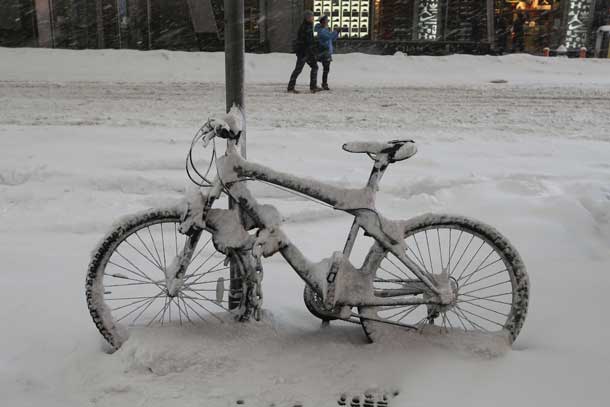
Water levels reached chest-height in parts of Wildwood and refrigerators and soda machines floated down the main street.
Further north, barrier islands near Atlantic City were also experiencing significant tidal flooding, said Linda Gilmore, the county’s public information officer.
The high tides were set to return on Sunday morning.
The storm developed along the Gulf Coast, dropping snow over Arkansas, Tennessee and Kentucky on Friday. On the coast, warm, moist air from the Atlantic Ocean collided with cold air to form the massive winter system, meteorologists said.
(Reporting by Barbara Goldberg, Frank McGurty, and Robert MacMillan in New York, Mary Wisniewski in Chicago; additional reporting by Daniel Kelley in Philadelphia and Victoria Cavaliere and Alex Dobuzinskis in Los Angeles; Writing by Mary Milliken and Grant McCool; Editing by Sandra Maler, Muralikumar Anantharaman and Chris Michaud; Editing by Chris Michaud and Andrew Heavens)

